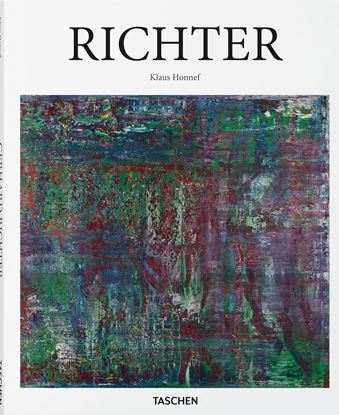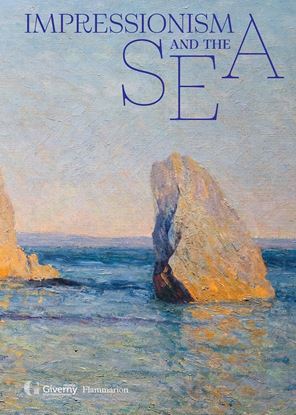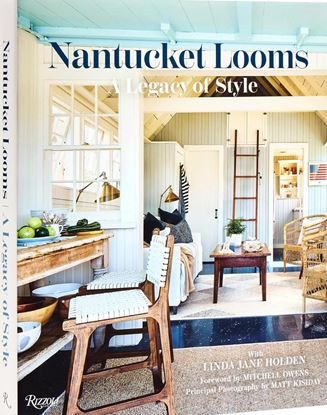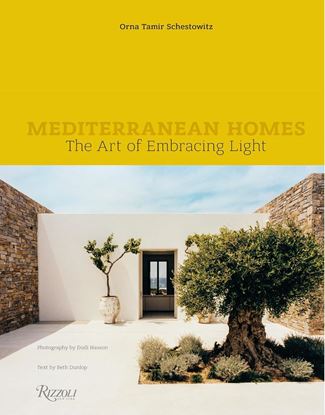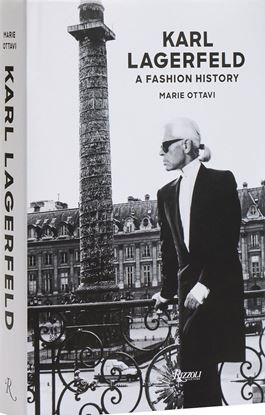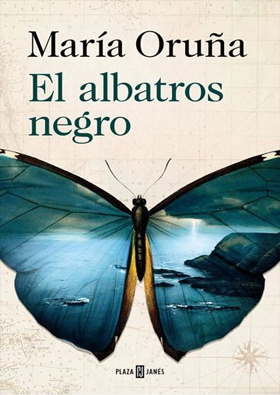

WALTON FORD. 45TH ED. (INT)
In this stunning but sinister visual universe, beasts and birds are not mere aesthetic objects but dynamic actors in allegorical struggles: a wild turkey crushes a small parrot in its claw; a troupe of monkeys wreaks havoc on a formal dinner table; an American buffalo is surrounded by bloodied white wolves. In dazzling watercolor, the images impress as much for their impeccable realism as they do for their complex narratives.
2,200
MICHELANGELO (BA) (GB)
Italian-born Michelangelo di Lodovico Buonarroti Simoni (1475–1564) was a tormented, prodigiously talented, and God-fearing Renaissance man. His manifold achievements in painting, sculpture, architecture, poetry, and engineering combined body, spirit, and God into visionary masterpieces that changed art history forever. Famed biographer Giorgio Vasari considered him the pinnacle of Renaissance achievement. His peers called him simply “Il Divino” (“the divine one”).This book provides the essential introduction to Michelangelo with all the awe-inspiring masterpieces and none of the queues and crowds. With vivid illustration and accessible texts, we explore the artist’s extraordinary figuration and celebrated style of terribilità (momentous grandeur), which allowed human and biblical drama to exist in compelling scale and fervor.
1,350
RICHTER (BA) (GB)
An encounter with Gerhard Richter, the German artist who widened horizons in the relationship between painting and reality. From early photographic paintings, along with his famous RAF cycle, to late abstract paintings, experiencing Richter’s work always offers us the unexpected and unseen. Where he once set out to liberate the medium from ideological ballast, today, faced with the overwhelming presence of digital images, he shows us the unsurpassed impact and intensity of painting. A definitive introduction to one of the greatest artists of our time spanning not only his entire career, but also 50 years of cultural, economic, and political events.
1,350
IMPRESSIONISM AND THE SEA
The impressionists were forever inspired by the sea, which Claude Monet considered “a wonderful teacher for landscape artists.” The movement’s penchant for plein air painting and its characteristic style, with delicate brushstrokes and incomparable color palettes, was perfectly suited to portrayals of the sea and its perpetual movement, from gently rippling waves to raging storms.
2,500
FALLINGWATER. LIVING WITH AND IN ART
Designed by Frank Lloyd Wright for Edgar Kaufmann Sr., his wife, Liliane Kaufmann, and their son, Edgar Kaufmann jr., Fallingwater is lauded for its architectural daring and drama. Here the Kaufmanns sought to live in harmony with the natural world. The rooms of the house reflect this ideal and remain suffused with a natural aesthetic that embraces stone and wood, handwork and craftsmanship. In the living room, the great stone floor flows riverlike toward the horizon of Wright–designed built-in sofas and large-paned casement windows, where views open to balconies, to forest, and to cascading falls. From here “the hatch” opens to the flowing stream below. Pools and the waters of Bear Run were beautiful and for swimming. Relaxed elegance was the order of the day. Delicacy, softness, tactility are everywhere in evidence.
3,995
NANTUCKET LOOMS. A LEGACY OF STYLE
In the early 1960s a reawakening was happening on Nantucket. Into this world stepped Andy Oates and Bill Euler, one skilled in fine arts and the other in the art of hospitality. In 1968 they opened Nantucket Looms, which specialized in needlepoint, crewelwork, handwoven fabrics, and local artwork, forging their Nantucket style aesthetic. This modest homespun charm held great appeal to such style makers as Jackie Kennedy Onassis, Bunny Mellon, and interior designer Billy Baldwin.
3,600
MEDITERRANEAN HOMES
Schestowitz is a strong believer that a home should create a sense of belonging and togetherness. Growing up, she developed an appreciation for harmonizing diverse styles, placing a modern stainless steel island by an old dining area, an African dresser next to an Eames chair. Schestowitz is not a follower of design guidelines; she believes in an intuitive harmony of space, color, and light. The spaces she creates are infused with travel collectibles, art acquisitions, family pieces, and historical patterns. The rich palettes and bold patterns create spaces that feel naturally inviting and intimate, a result of her long-standing exploration of Mediterranean style.
4,700
MARSHALL WATSON: DEFINING ELEGANCE
With an in-depth knowledge of periods and styles, Watson is known for his meticulously researched designs. His rooms always make architectural sense and his work is often inspired by collaborations with architects. Watson strives to uncover and recognize the special qualities found in historic structures and furnishings, and to preserve them while moving them forward into the present.
Watson’s interiors are noted for their calm and lightness of being, which he achieves through a gracious sense of proportion and a harmonious continuity via subtle repetitions in color, pattern, material, and silhouette.
3,600
KARL LAGERFELD. A FASHION HISTORY
Ottavi enjoyed a rare degree of open and candid access to Lagerfeld in his later years, and this biography offers an unparalleled look into the iconic designer’s complex personality and wide-ranging creativity. Lagerfeld himself wanted this to be a frank, honest, serious account that would be an invaluable resource for fashion lovers and admirers of his incomparable legacy. Unlike other recent books, this intimate portrait deftly reveals his true inner nature in his own words.
3,200
THE NEW ROMANTIC GARDEN
Over her thirty-year career, celebrated designer Jo Thompson has become recognised for her timeless planting, well-proportioned, English-style gardens rendered modern by a staunch commitment to biodiversity to the eye this translates as a looser formality than English gardens of the past, though every bit as romantic.
2,995



